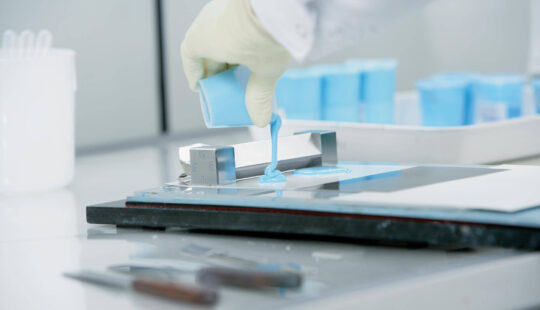What’s News
Engineers and scientists are using digital twins — exact digital replicas of real-world items — to model everything from bridges and construction sites to complete cities, including Shanghai and Singapore.
Elsewhere, Formula One teams are using digital twin technology to develop and improve the performance of their race cars, while doctors are using a digital twin model of the human heart created by Dassault Systemes’ Living Heart project to test “what if” scenarios for the organ, using various procedures and medical devices.
Could the same technology be used one day to model entire factories or even create a human digital twin? Software engineers are already working on combining sophisticated 3D models with artificial intelligence (AI) smarts and data collected from the physical world by Internet of Things (IoT) sensors to build digital twins of complete factories. Some analysts believe personal digital twins — digital doppelgangers of individual humans — could be on the horizon.
SAP’s Take
“This is a very interesting question,” says Ismail Serin, a digital twin expert at SAP. “At SAP, we are mainly looking at the [digital twin] concept more from an industrial perspective.” SAP has already created digital twins for a number of customers, including a digital twin of the Stavå bridge in Norway to help roadway engineers anticipate maintenance requirements.
SAP is also working on creating a digital twin of a complete factory, but one of the biggest challenges in this field is integrating the sometimes proprietary data generated by machinery from a wide range of suppliers in order to create a digital twin factory network. “When it comes to getting a full factory digital twin network, this is usually where a company really struggles,” Serin says.
While SAP is focused primarily on industrial uses for digital twins, Serin believes that the technology will be applied in other domains, including healthcare. “A digital twin of a human being is basically another domain for digital twins that is also growing quite quickly.”
Like most scientists, he believes a thinking human digital twin is still a long way off, but Serin notes that 3D computational images are becoming ever more sophisticated and that devices like the Apple Watch are constantly collecting personal data, such as heart rate and blood oxygen levels. “I think there’s basically already huge progress being made in this area,” he says.
Advocates say creating a human digital twin has the potential to increase human lifespan and help doctors treat diseases like cancer and diabetes. But others argue that before that happens, there are ethical and other considerations that will need to be addressed.
Contact:
Joellen Perry, Head of Global Public Relations, SAP
+1 (626) 265-0370, joellen.perry@sap.com, PST



